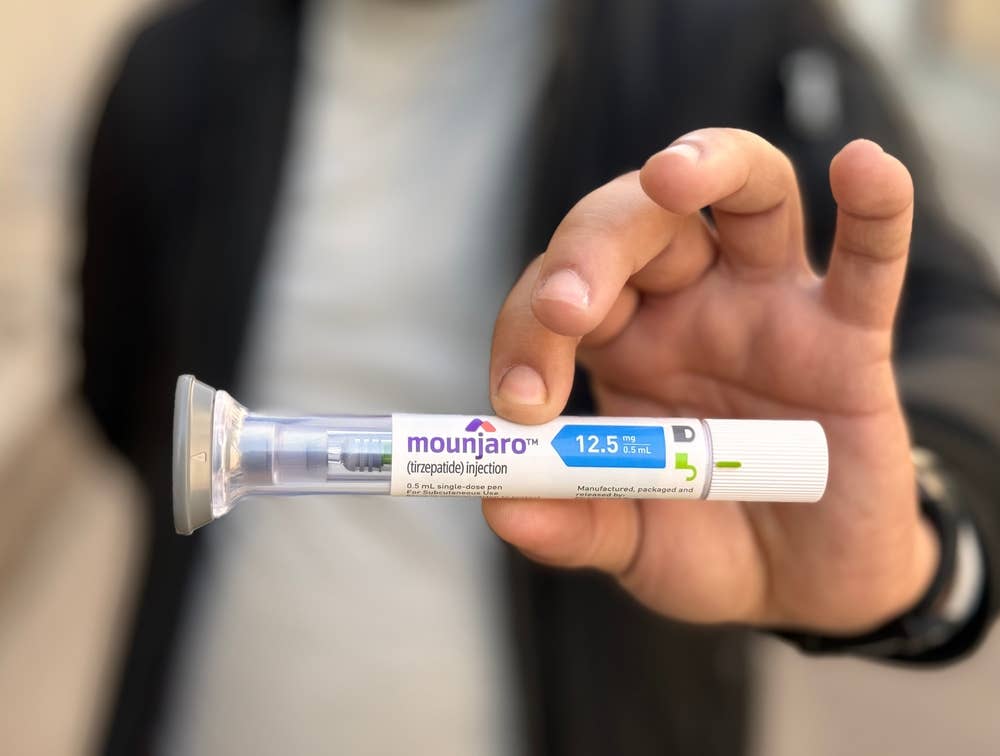‘Fart gas’ shows significant promise as healthy ageing therapeutic, researchers find
In the search to improve human health and longevity, scientists may have stumbled upon an unexpected savior: hydrogen sulfide (H2S) gas.

[Dec. 7, 2023: JJ Shavit, The Brighter Side of News]
Focusing H2S on the cells' power-producing apparatus (mitochondria) might in the future serve as a treatment for promoting healthy aging. (CREDIT: Creative Commons)
In the search to improve human health and longevity, scientists at the University of Exeter may have stumbled upon an unexpected savior: hydrogen sulfide (H2S) gas.
The research study, sponsored by the US Army and The United Mitochondrial Disease Foundation, discovered that directing tiny quantities of H2S to particular cell regions in adult worms through an H2S-emitting molecule named AP39, notably enhanced their health and vitality as they grew older. The study, which appeared in PNAS, suggests that focusing H2S on the cells' power-producing apparatus (mitochondria) might in the future serve as a treatment for promoting healthy aging.
You wouldn't think that worms and humans have much in common when it comes to aging. Yet, Professor Tim Etheridge from the University of Exeter believes otherwise: “Worms are a powerful genetic tool to study human health and disease and offer a strong platform to quickly identify new potential therapeutics. Diseases related to aging take a huge toll on society. Our results indicate that H2S, administered to specific parts of the cell in tiny quantities, could one day be used to help people live healthier for longer."
For this study, adult worms were exposed to AP39, a molecule that delivers H2S directly to the energy-generating machinery of cells, known as mitochondria. The results were astonishing. Not only did the integrity of their mitochondria – the cell’s powerhouse – improve, but the worms also remained active and healthy well into their advanced age.
Related Stories:
The health of our mitochondria plays a pivotal role in our overall health. A range of age-associated conditions, from natural aging to diseases such as Parkinson’s, Alzheimer’s, muscular dystrophy, and primary mitochondrial diseases, can be attributed to a loss in mitochondrial function.
Furthermore, in their meticulous analysis, the team discerned a group of proteins that mediate the expression of genes during aging, known as transcription factors. These factors were found to be uniquely influenced by H2S, potentially highlighting new therapeutic avenues, especially for muscle-related conditions.
A Future in Medicine
Professor Etheridge's team isn't new to the realm of H2S research. Earlier studies had successfully utilized H2S to target skeletal muscles in worms. However, this is the inaugural instance where such a technique has been applied to natural aging.
Lower doses of mitochondrion-targeted H2S extend life span. C. elegans life span is significantly increased with higher (100 µM), but not lower (100 nM) treatment with the untargeted H2S donor, NaGYY4137 when administered from L1 larval stage across the entire lifecourse. (CREDIT: PNAS)
The profound implications of their findings haven't been lost on the University of Exeter. Recognizing the potential, the institution has channeled the foundational technology to MitoRx Therapeutics, its spin-out. This company is now at the forefront, crafting next-gen compounds that might soon be pivotal in treating age-related ailments, including lethal neurodegenerative disorders like Huntington’s disease and debilitating conditions like muscular dystrophy that afflict children.
Co-author Professor Matt Whiteman, also from the University of Exeter, emphasizes that the goal isn't just about lengthening life. He asserts, “This study is not about extending life – it’s about living healthier lives well into older age. This could have huge benefits to society. We’re excited to see this research move to the next stages over the coming years, and hope it will one day form the basis of new treatments which we have the potential to develop with MitoRx.”
Mitochondrion-targeted H2S extends movement rate and maximal strength indices of health span. (A) Animal movement rate is increased across the entire lifecourse with both lower dose (100 nM) mitochondrion-targeted H2S (AP39) and higher dose (100 µM) untargeted H2S (NaGYY4137) when administered from L1 larval stage until death. (CREDIT: PNAS)
While the study's primary focus wasn't lifespan extension, it was observed that worms exposed to H2S lived slightly longer. But more significantly, they lived healthier lives, reflecting youthful physiology even at the end.
Whiteman points out the unique aspect of their research, saying, “We saw a small extension of lifespan in the worms that were targeted with H2S, and what’s unique here is that we extended healthspan – or the time they lived healthy lives. The worms still died, albeit later than normally expected, but they died very active and with young physiology.”
mtH2S prolongs mitochondrial integrity and content. The percentage of well-networked and (B) moderately fragmented mitochondria during C. elegans aging is significantly improved with mtH2S (AP39), and for a longer duration than untargeted H2S (NaGYY4137) treatments. (CREDIT: PNAS)
With the promising results stemming from this research, it's conceivable that in the not-too-distant future, humans might benefit from therapies derived from H2S. The pathway to healthy aging might just be paved by a gas and the determined researchers who believed in its potential.
The detailed study can be found in the paper titled ‘Mitochondrial sulfide promotes lifespan and healthspan through distinct mechanisms in developing versus adult treated Caenorhabditis elegans,’ published in PNAS.
Note: Materials provided above by The Brighter Side of News. Content may be edited for style and length.
Like these kind of feel good stories? Get the Brighter Side of News' newsletter.



